Archaeopteryx is a genus of feathered dinosaurs, once thought to be the oldest known fossil bird. It is described specimens date from approximately 150 million years ago during the Late Jurassic.
Now, you can get these dinosaurs on the Archaeopteryx coloring pages below. Pick the images you love, then color them as you like. Happy coloring.
Free Archaeopteryx Coloring Pages

archaeopteryx coloring pages for kids 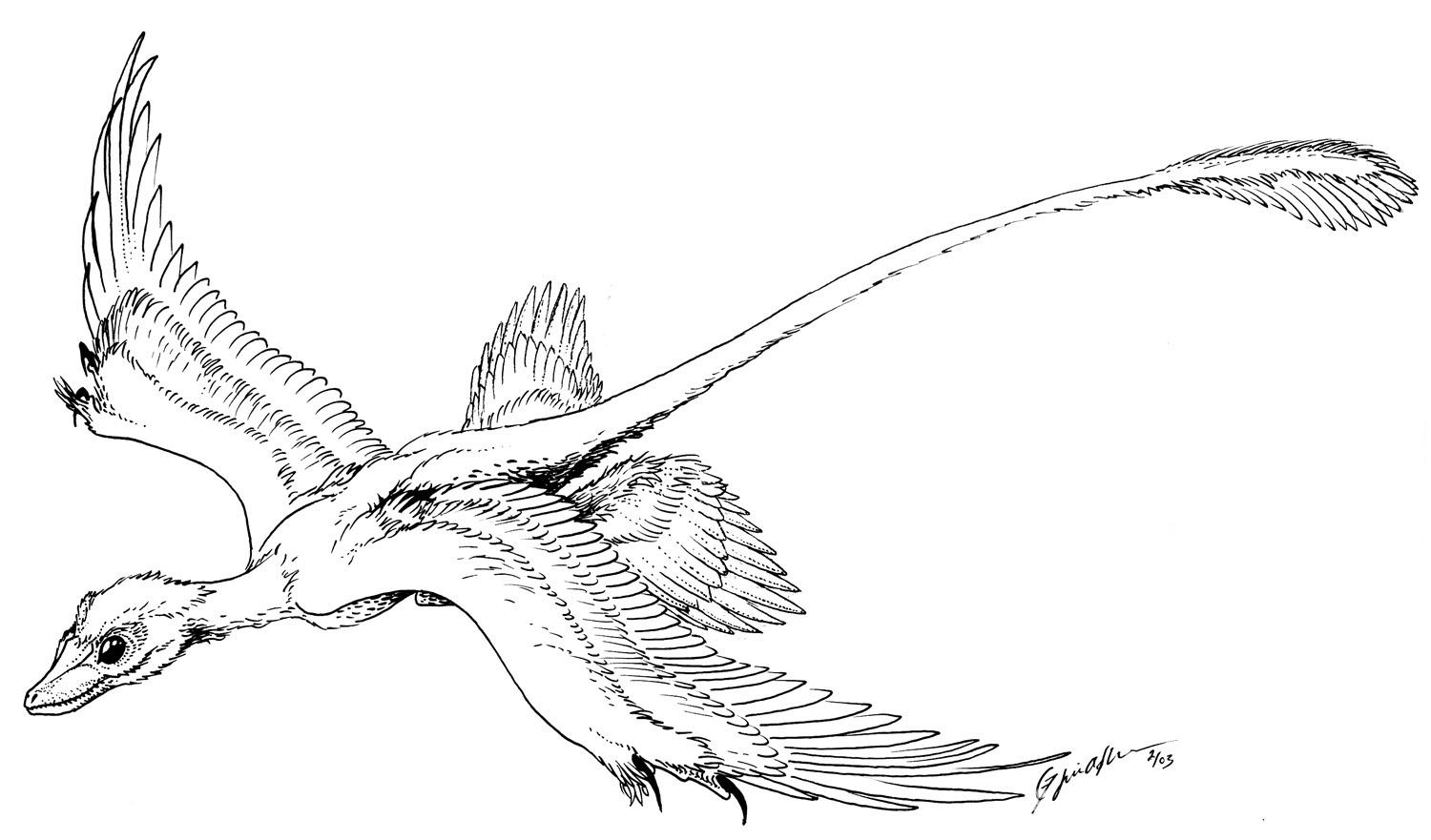
archaeopteryx coloring pages to print 
archaeopteryx coloring pages 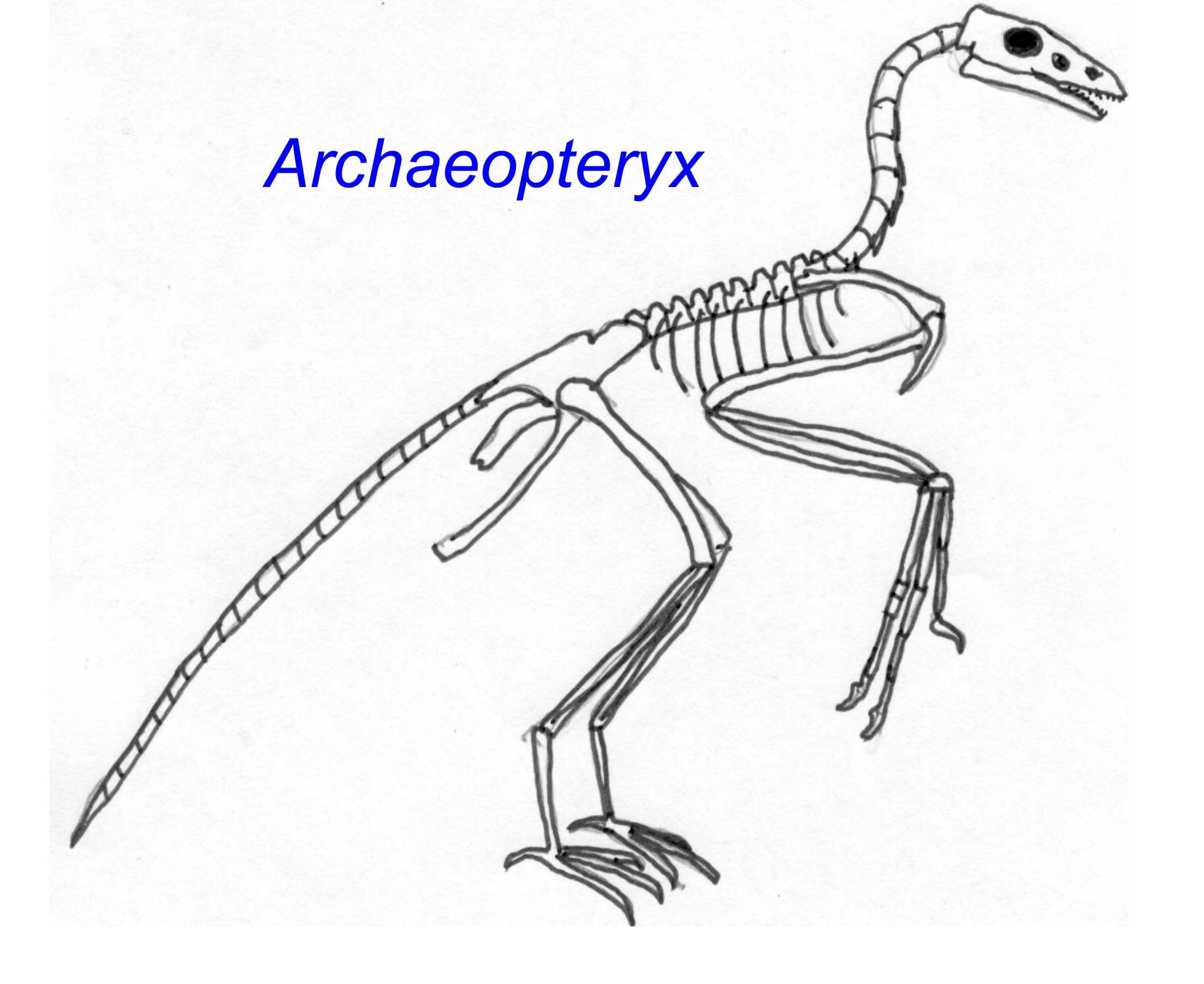
archaeopteryx fossil coloring pages 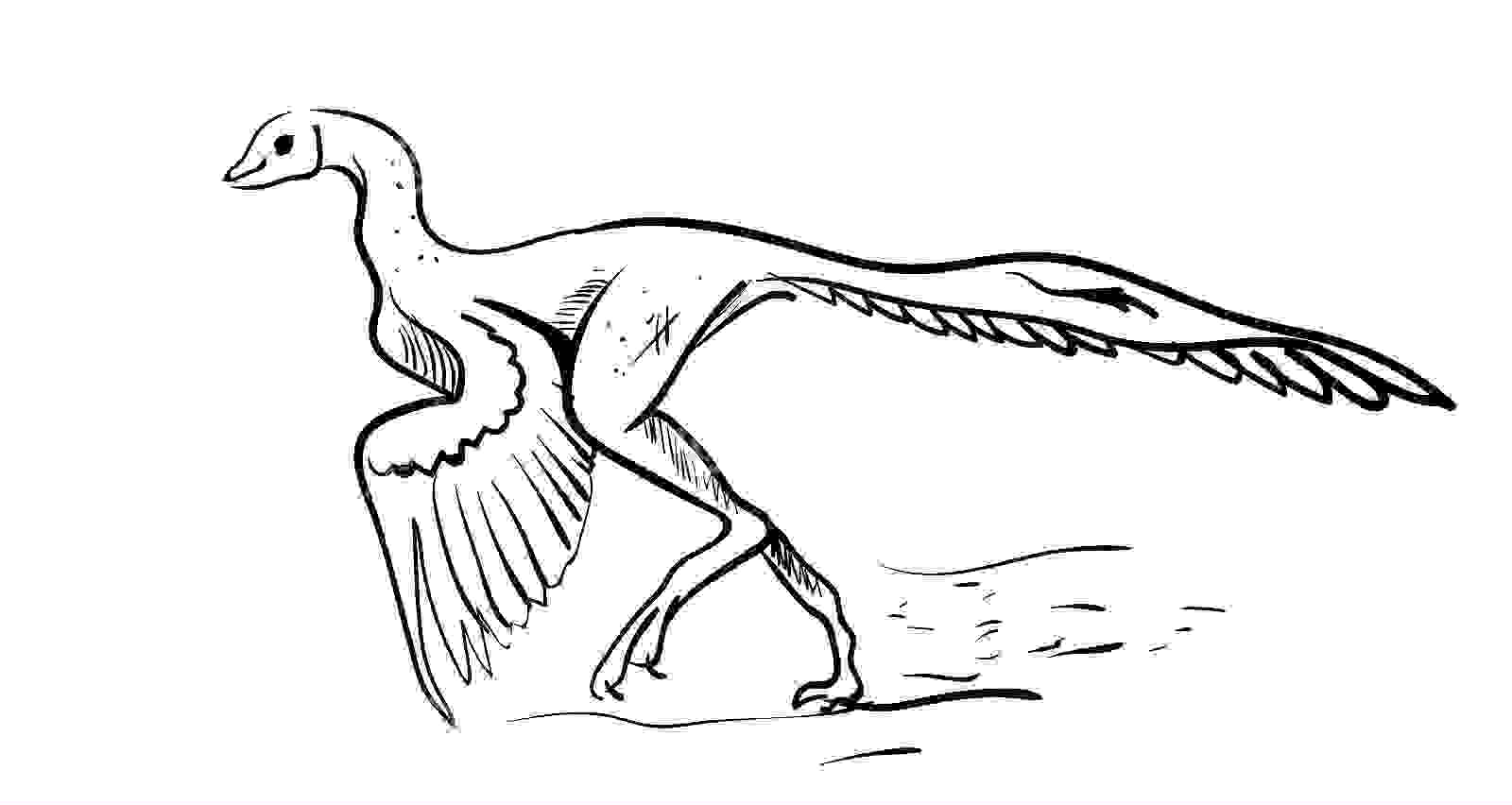
coloring pages archaeopteryx 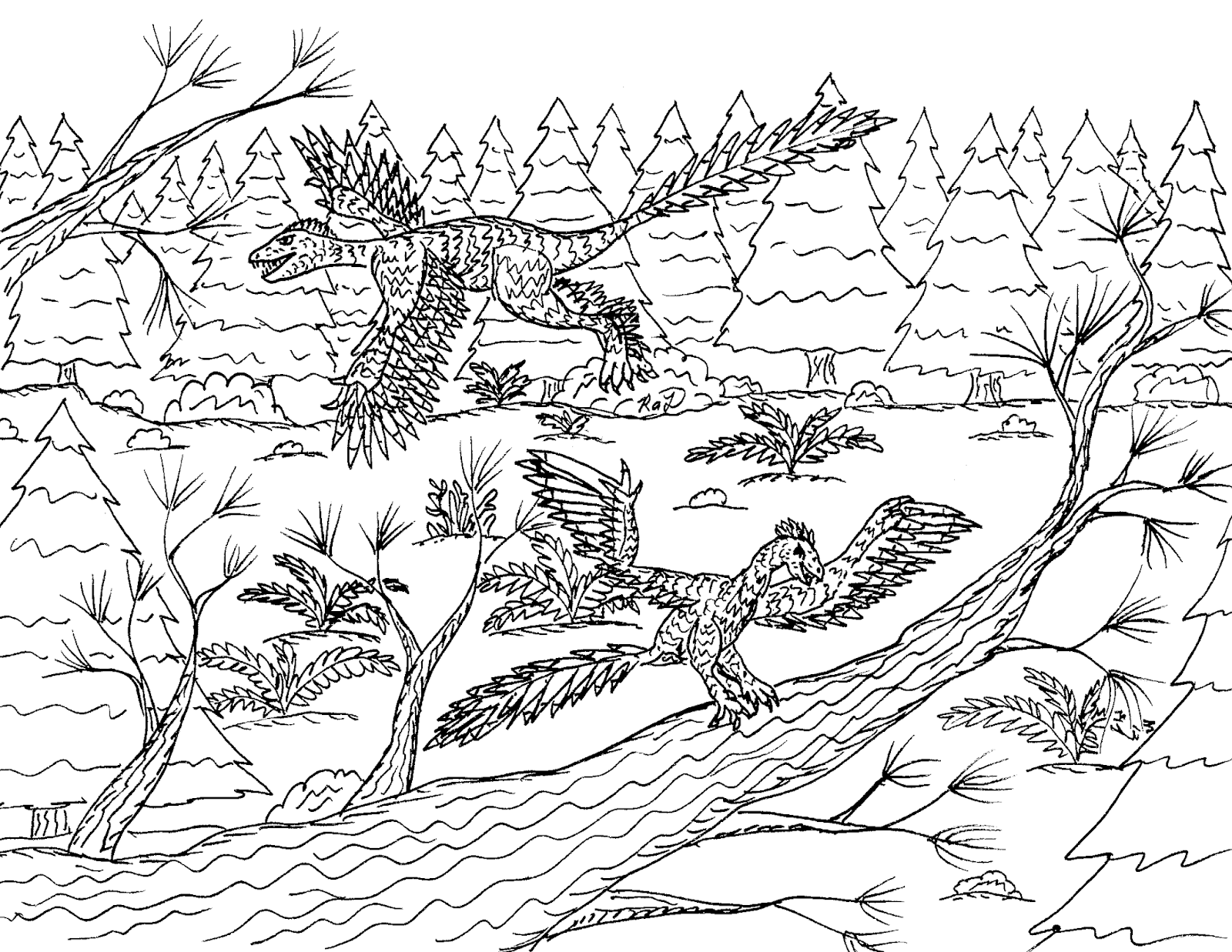
coloring pages of archaeopteryx 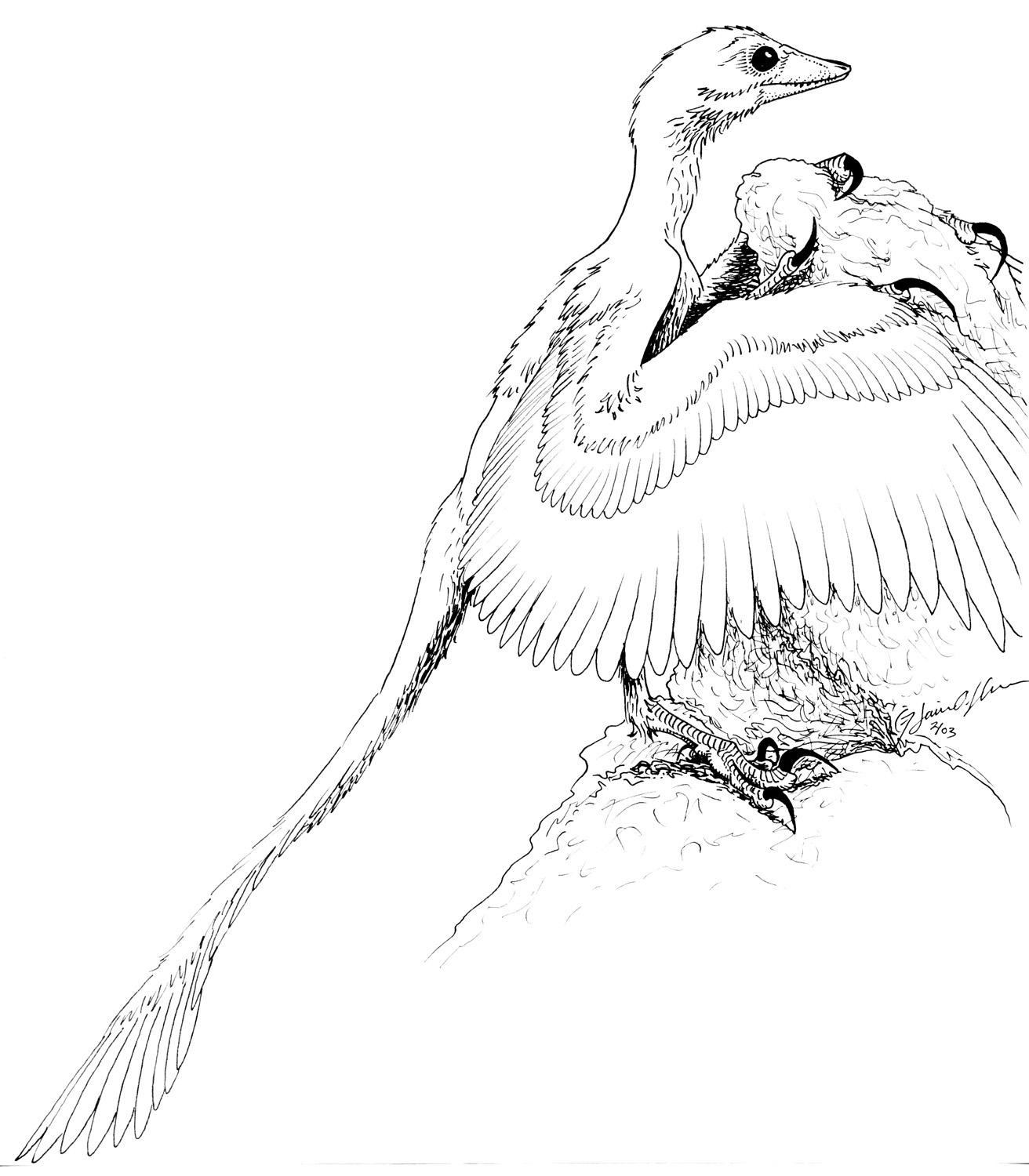
free archaeopteryx coloring pages 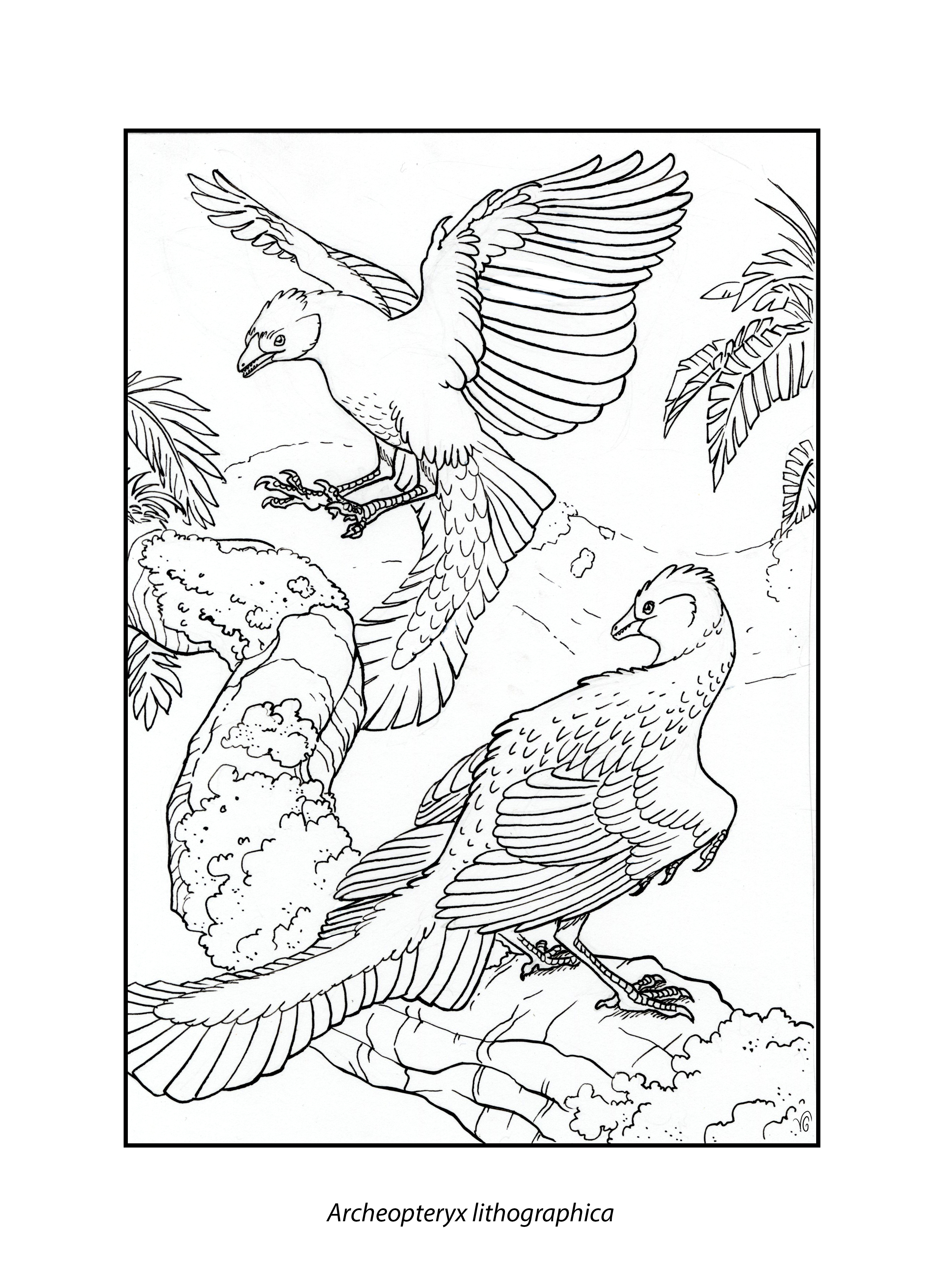
free printable archaeopteryx coloring pages 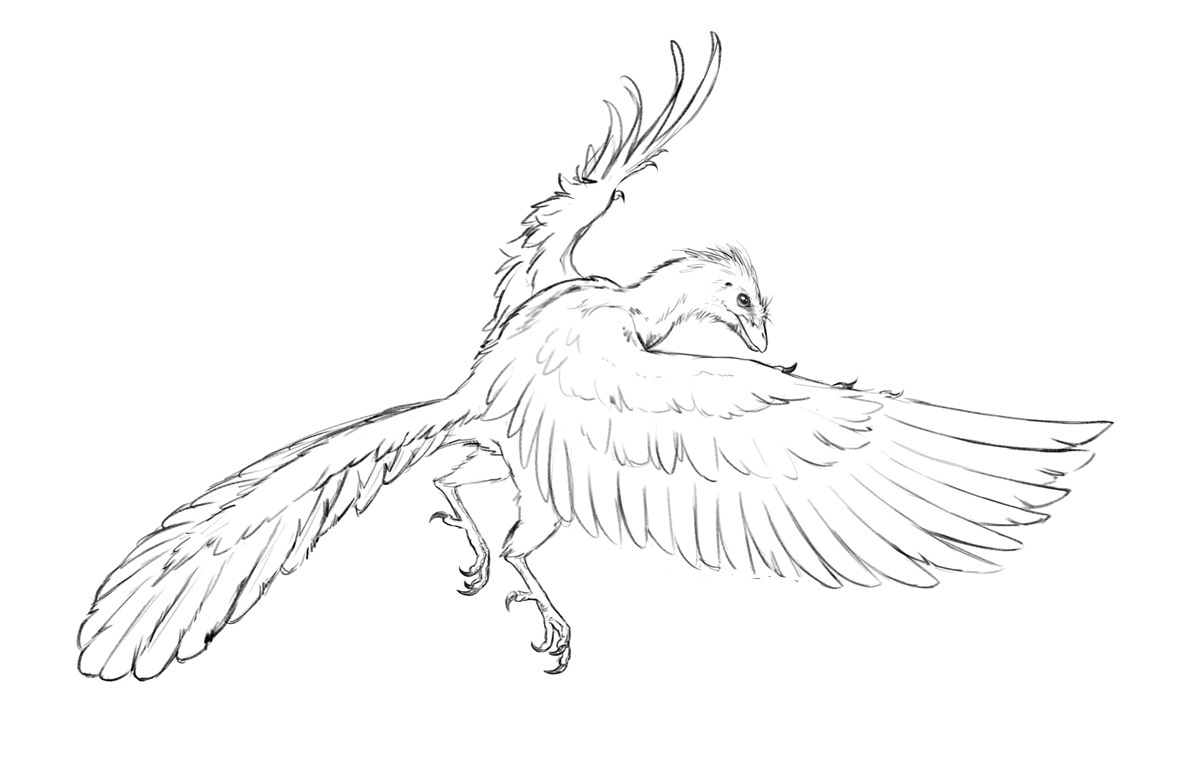
printable archaeopteryx coloring pages 
realistic archaeopteryx coloring pages
Archaeopteryx shared many anatomical characters with the coelurosaurs, a group of theropods (carnivorous dinosaurs). Only the feather identification of the earliest known specimens indicated that the animal was a bird.
However, unlike living birds, Archaeopteryx had well-developed teeth and a long, well-developed tail similar to smaller dinosaurs, except that it had a row of feathers on each side.
All three toes had claws and moved independently, unlike the fused toes of modern birds.
Archaeopteryx had well-developed wings, and its wing feathers’ structure and arrangement- similar to that of most living birds-indicate that it could fly.
However, paleontologists disagree on whether Archaeopteryx engaged in powered flight (similar to modern birds) or relied on gliding while airborne.
Size-wise, they were similar to crows, with a total body length of 18 inches. Their physical characteristics were more familiar with small-sized Mesozoic dinosaurs compared to modern birds.
They had a bony tail, hyperextensible second toes, long wings with rounded tips, three clawed toes and jaws with sharp teeth, and skeletal features standard with dromaeosaurs and troodontids.
Archaeopteryx specimens were shown to have flight and tail feathers. Their body plumage was rather slack. One well-preserved specimen showed that its body plumage included well-developed feathers on the legs.
The museum specimens had no feathers on the head or in the usual neck area. However, some scientists believe this could be the result of the museum’s preservation procedure.
Depending on their feathers and wings, scientists believe they had aerodynamic capabilities. But scientists are not sure if they were gliders or took a flight of their own.
Despite this contradiction, some authorities prefer to place Archaeopteryx within the order Avetheropoda, including theropods such as Tyrannosaurus rex and Spinosaurus.
Germany during the Jurassic was underwater, primarily with a few islands. There seemed to be an absence of trees in the area at that time, so it is unclear whether Archaeopteryx lived in trees or on the ground.
This dinosaur was found in the Solnhofen deposits. The Solnhofen limestone is a fine-grained Jurassic limestone formed in a shallow tropical marine environment, probably a coral lagoon.
It is where lime-rich muds slowly accumulate and allow the fossil material to be exceptionally well preserved.
As already explained, they lived in places where there were no large trees for gliding. The structure of their claws suggests that they did not often climb.
One hundred fifty million years ago, Europe was an archipelago much closer to the equator than today, with a latitude similar to that of Florida, which provided this basal bird, or “mother bird,” with a reasonably warm, though probably dry, climate.